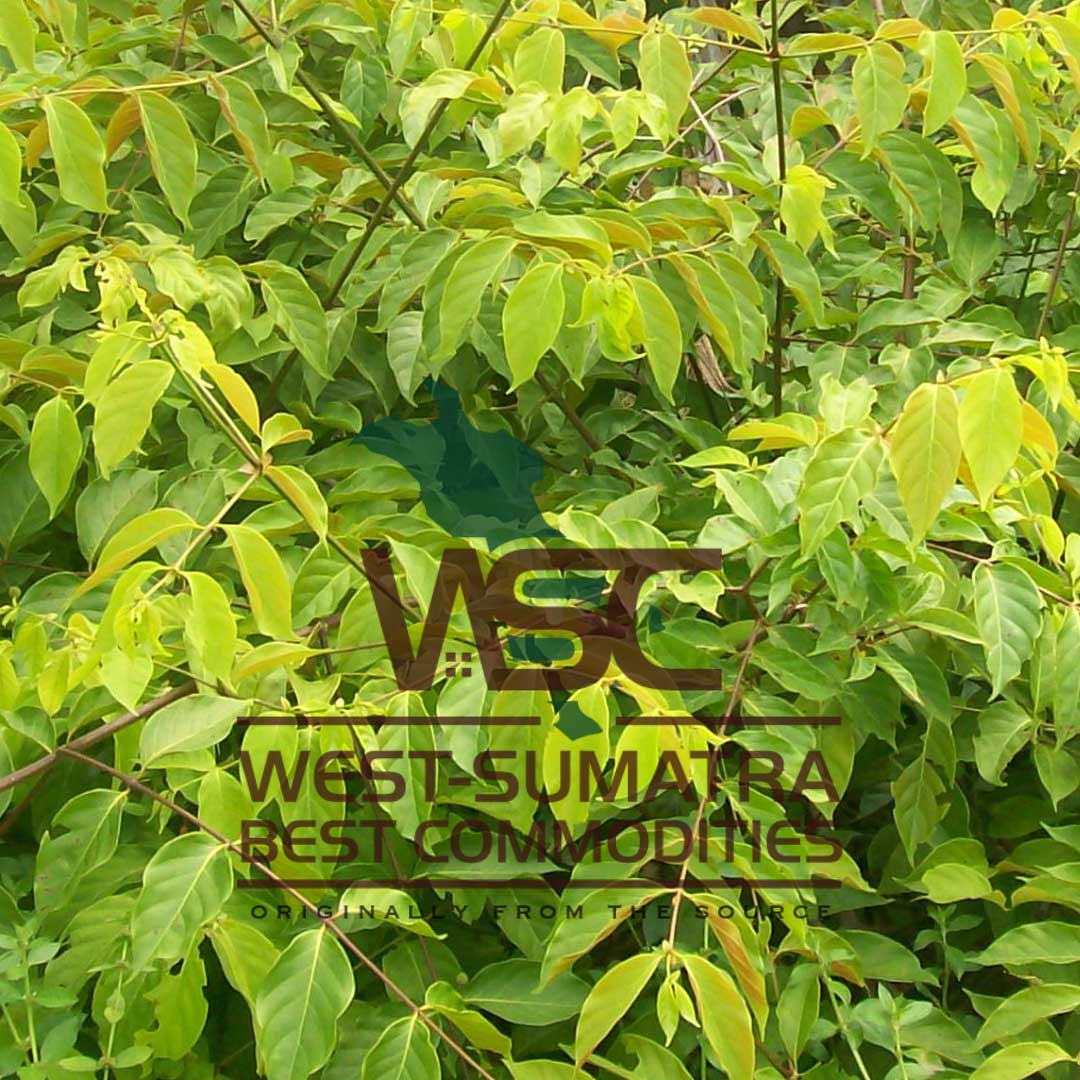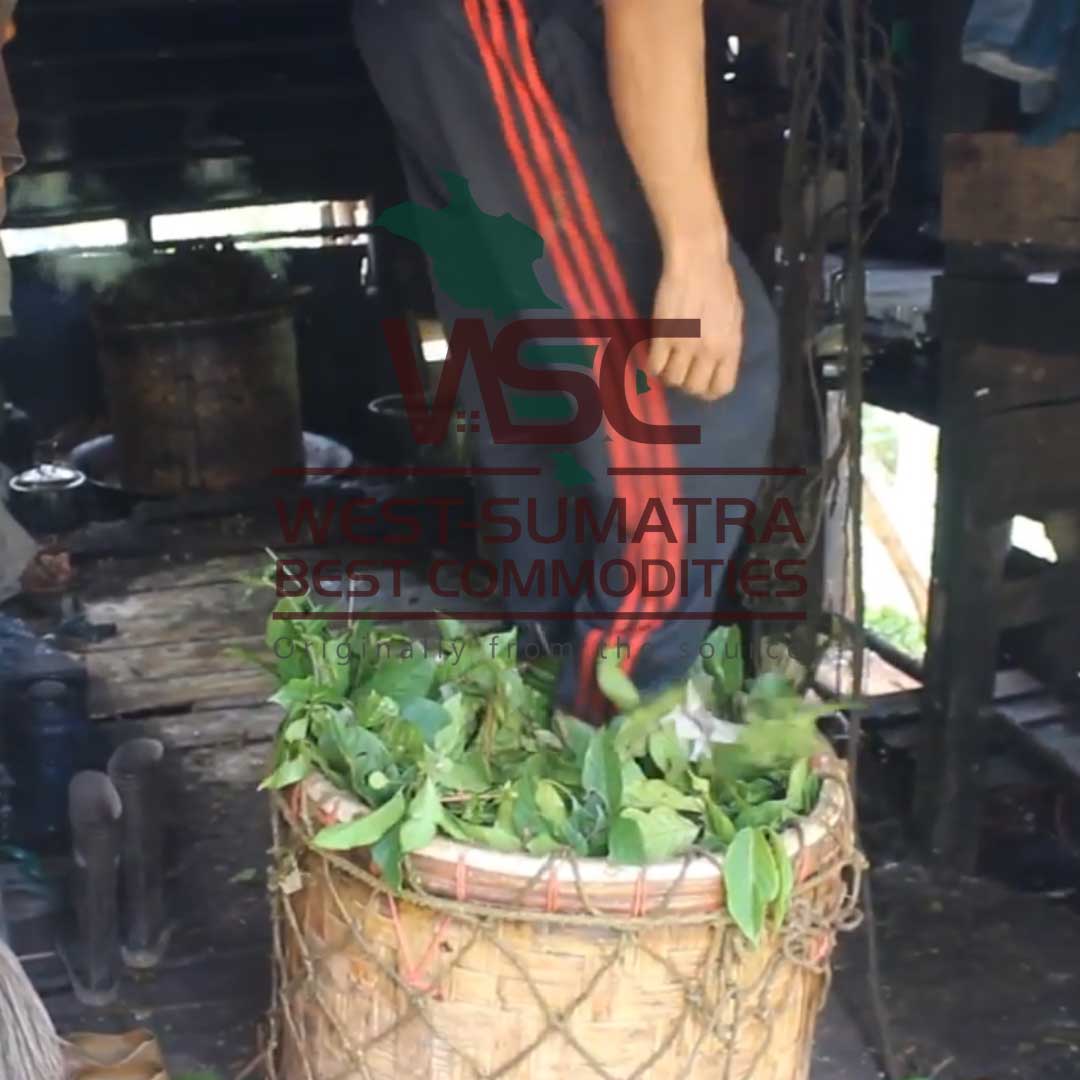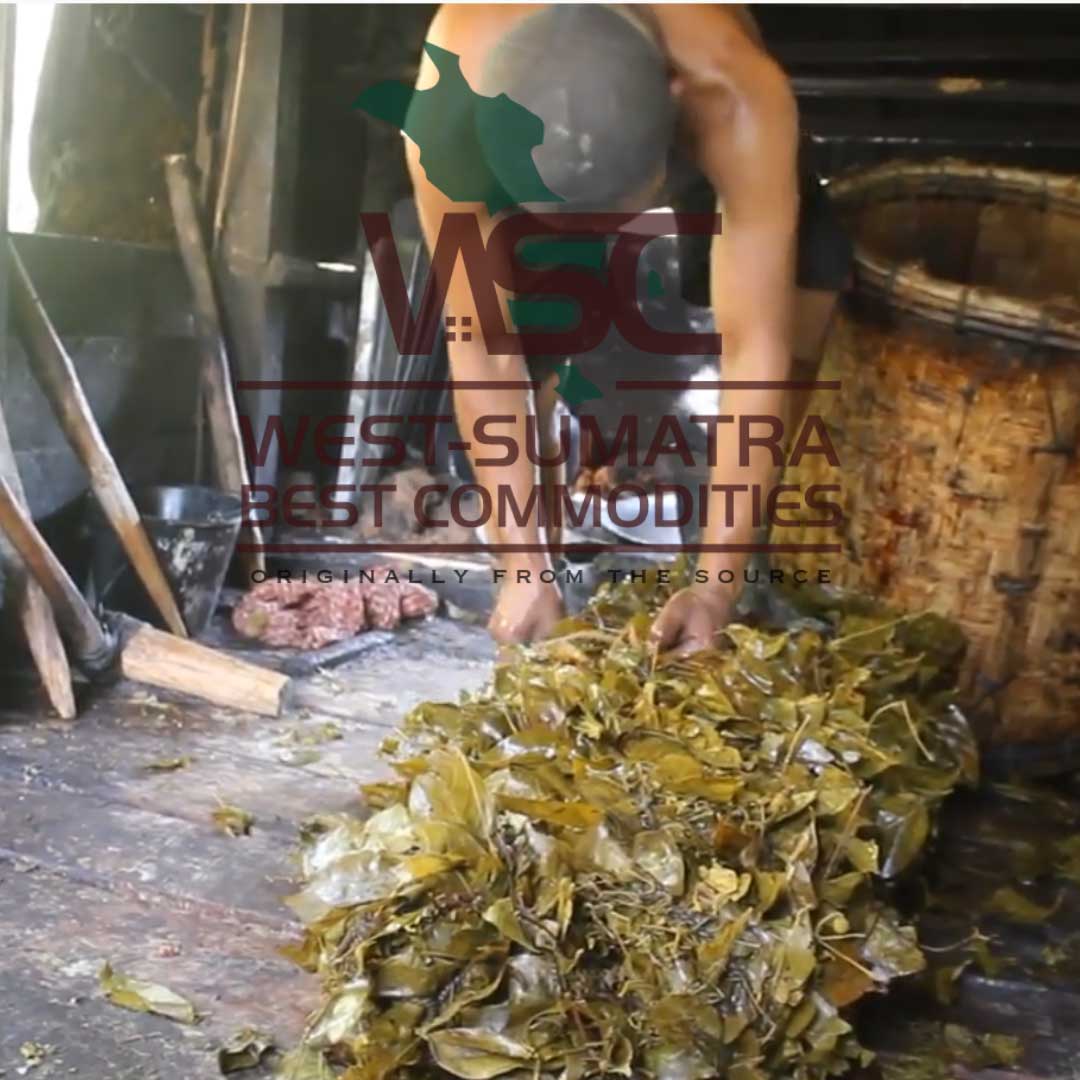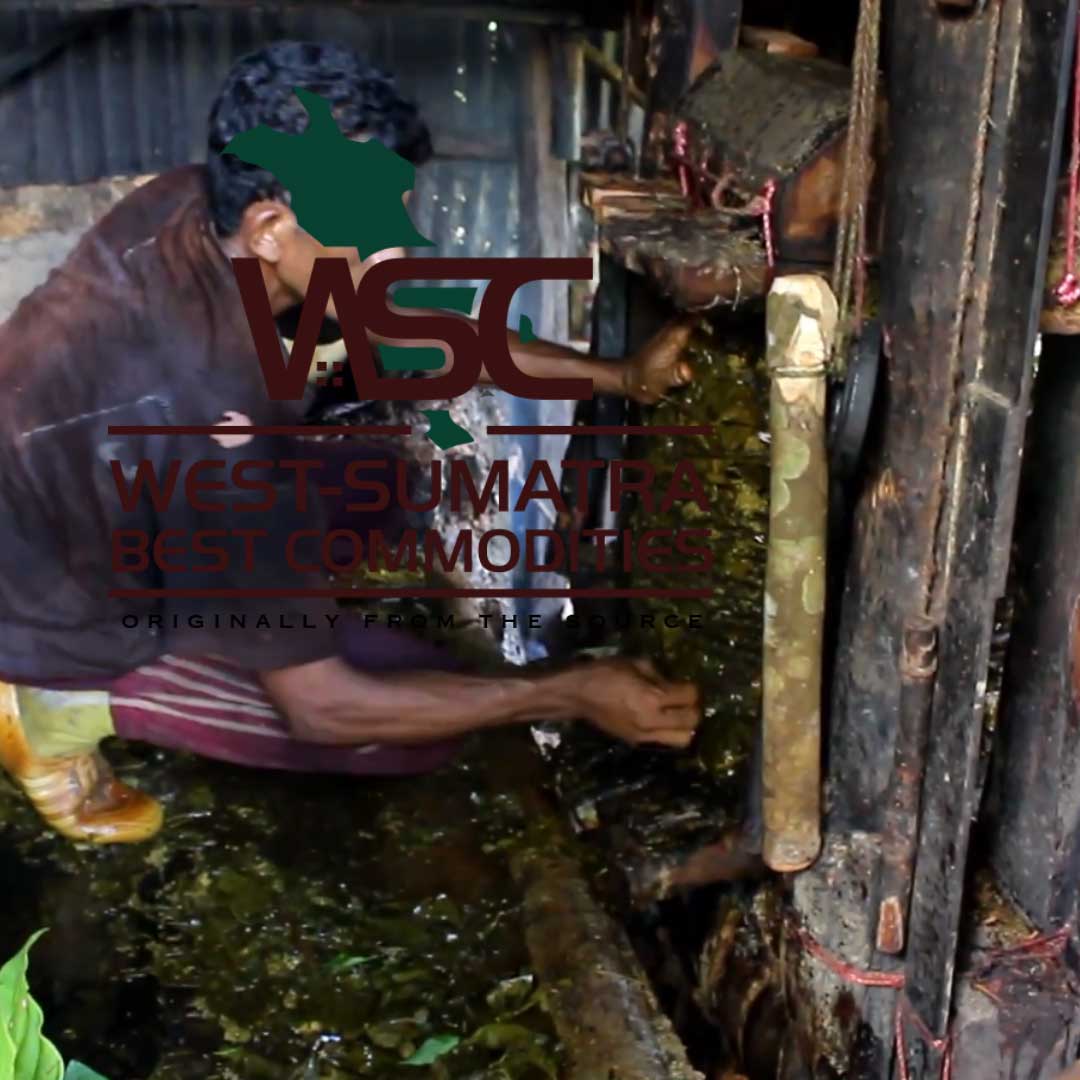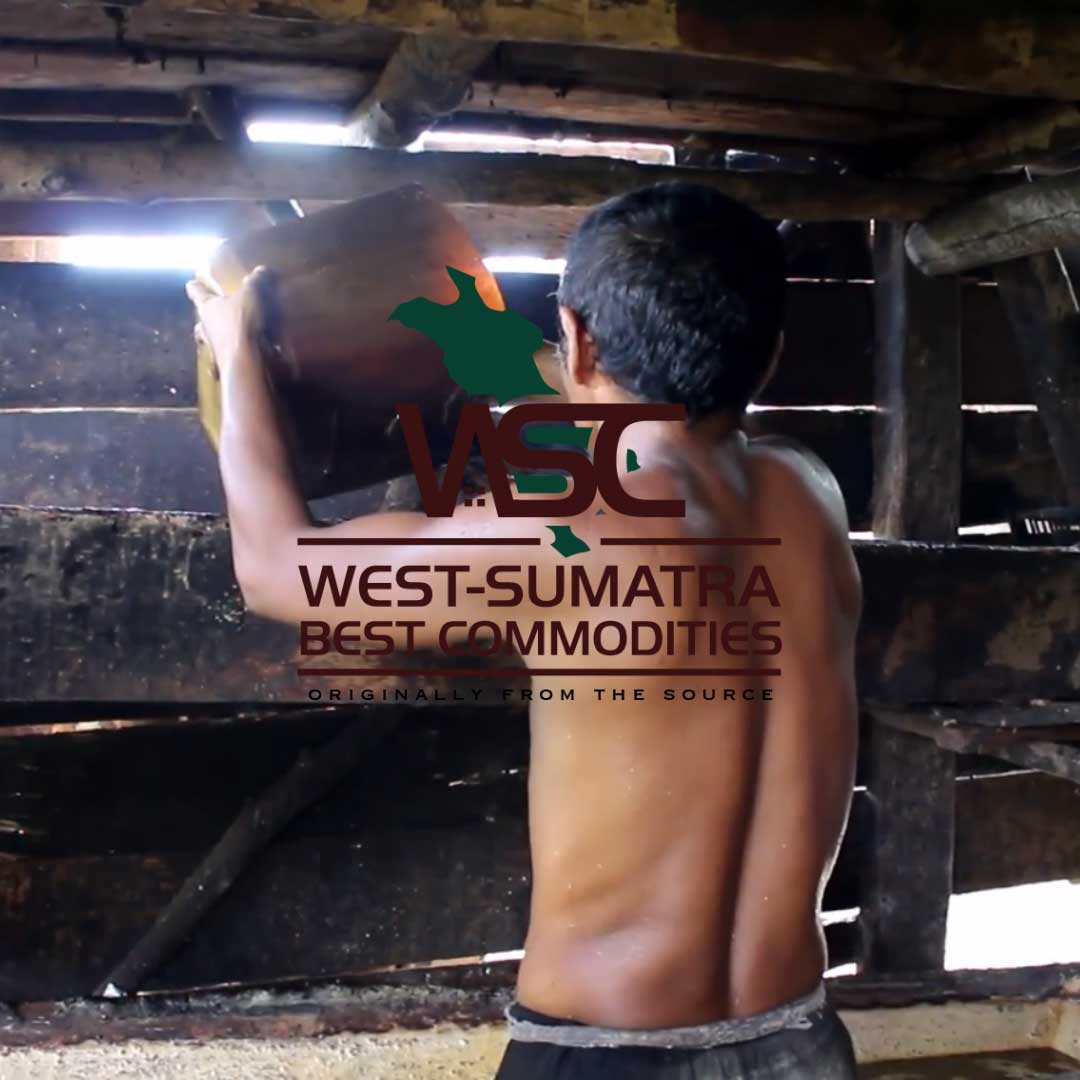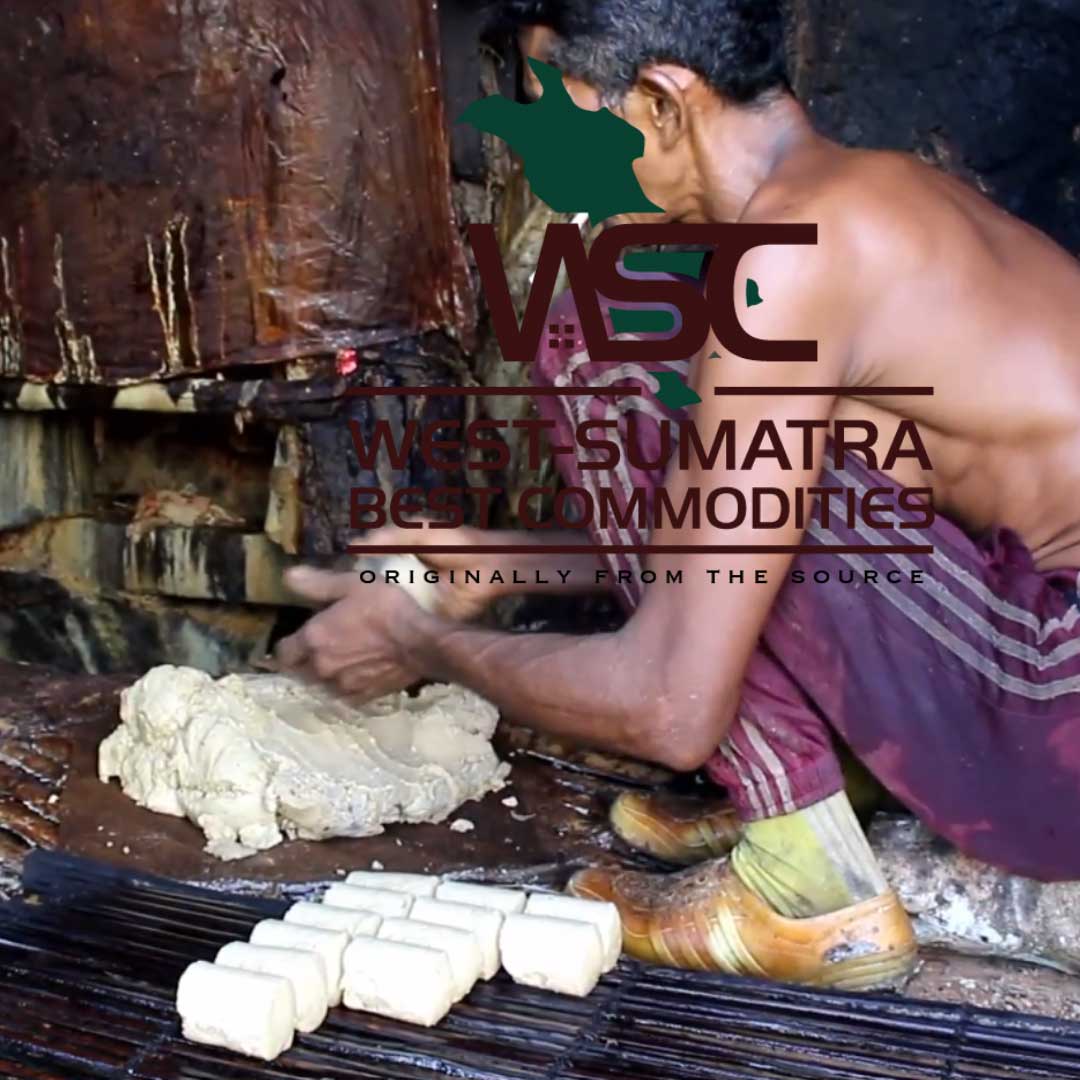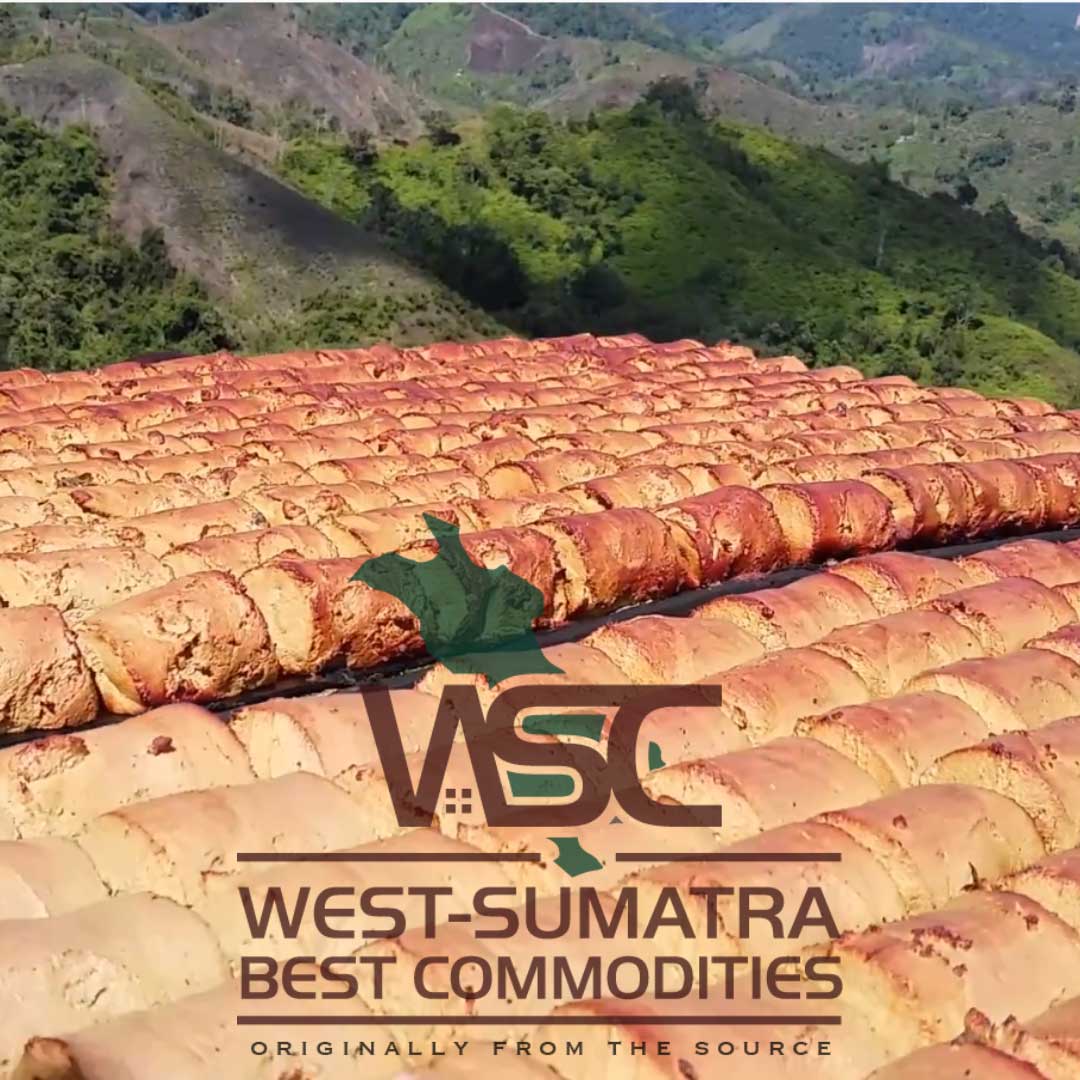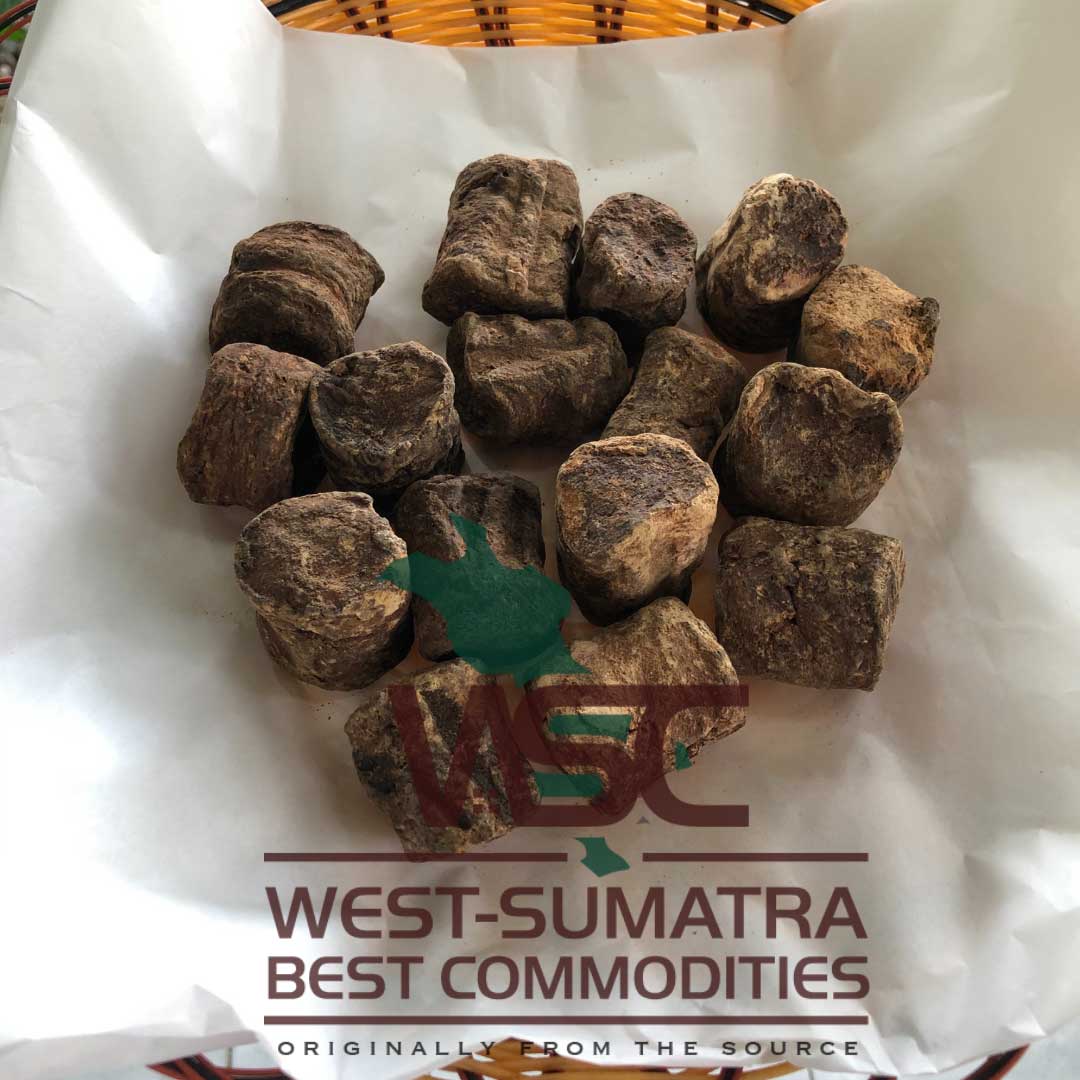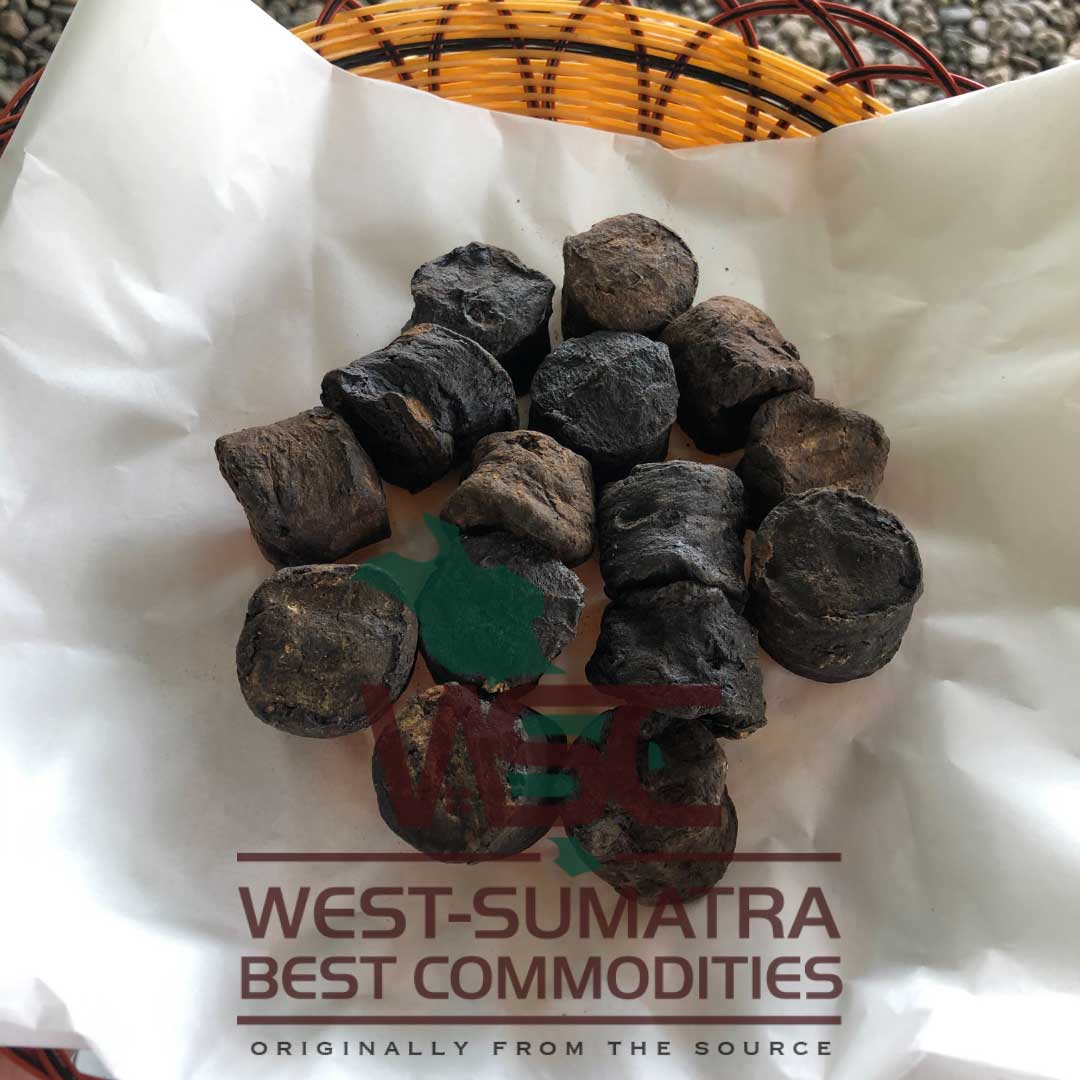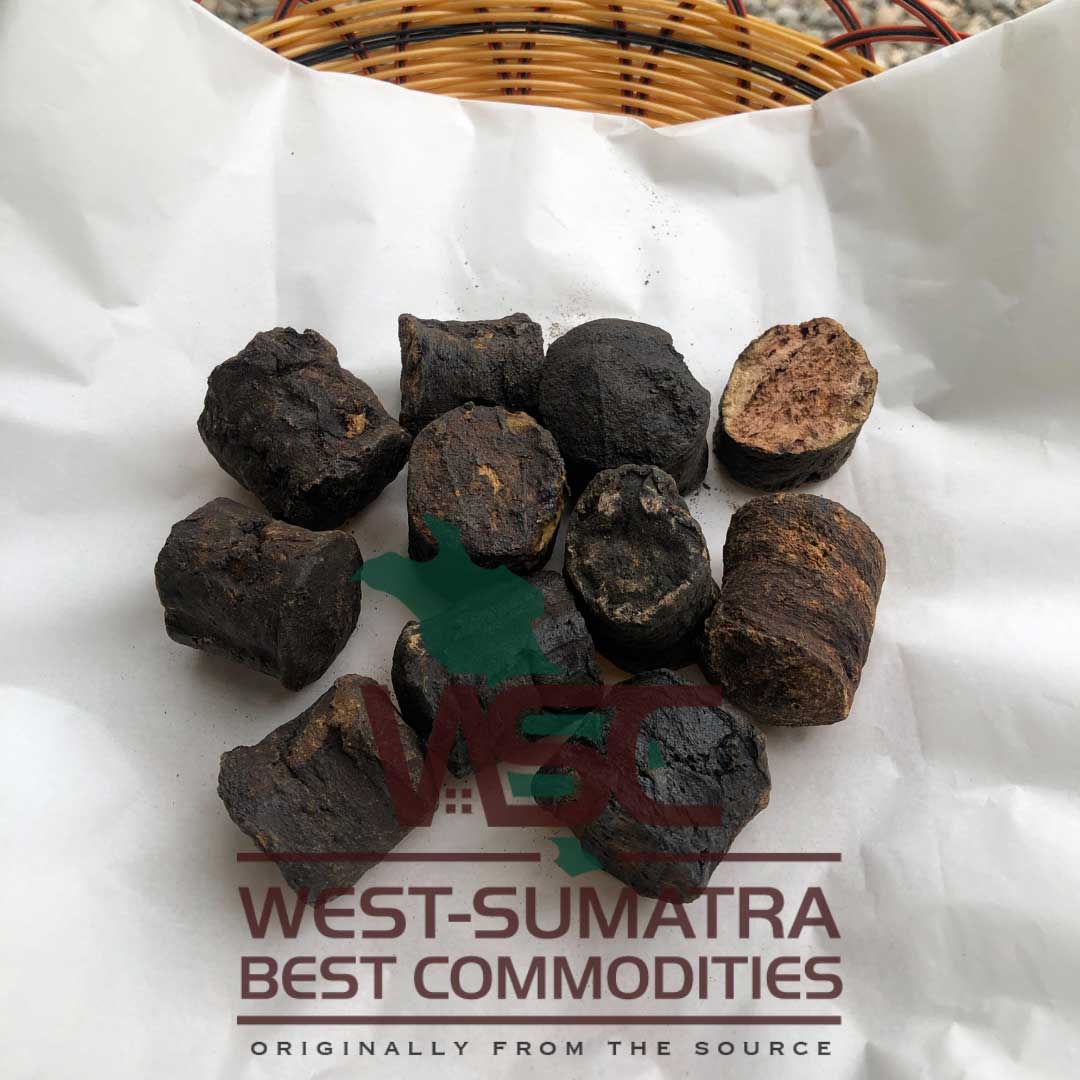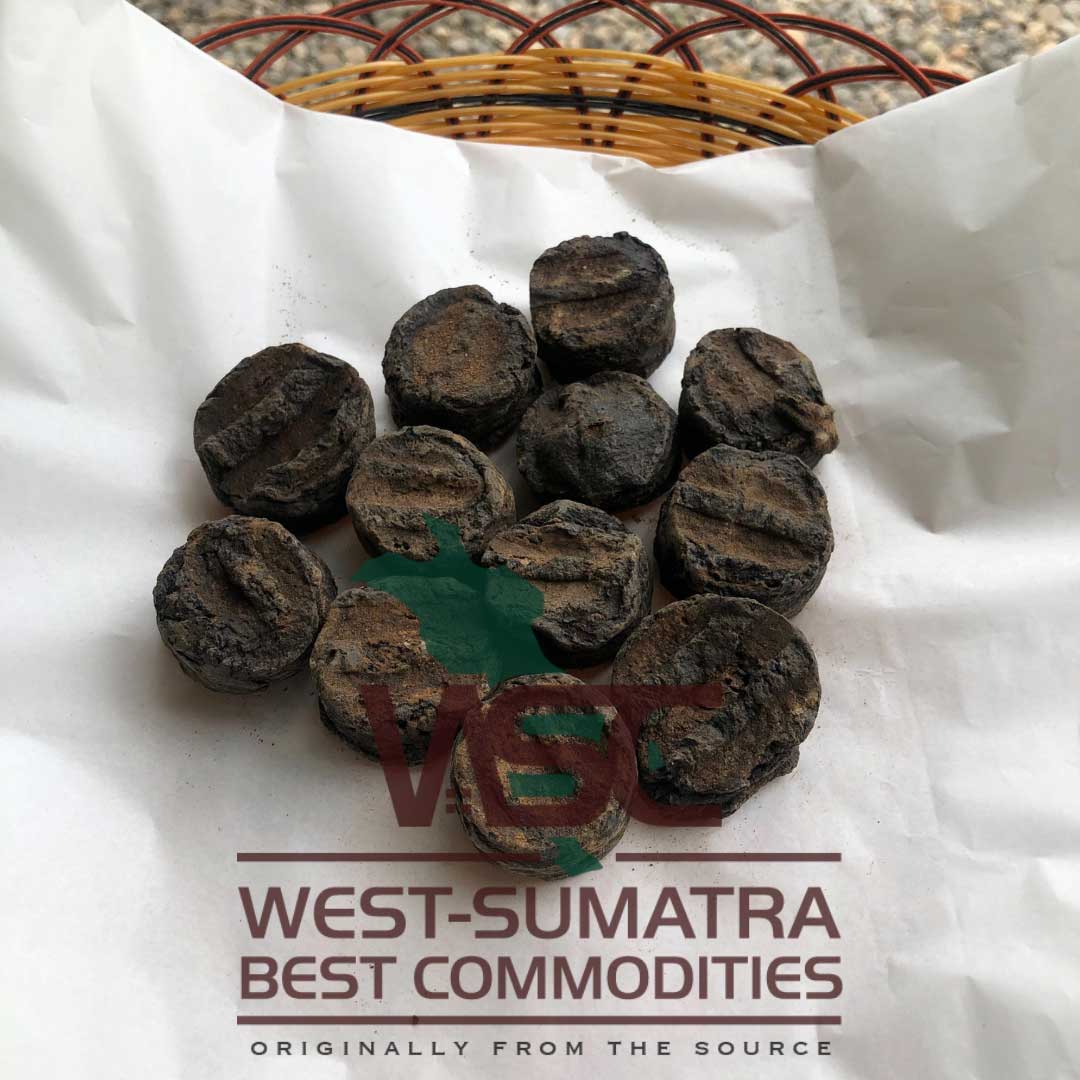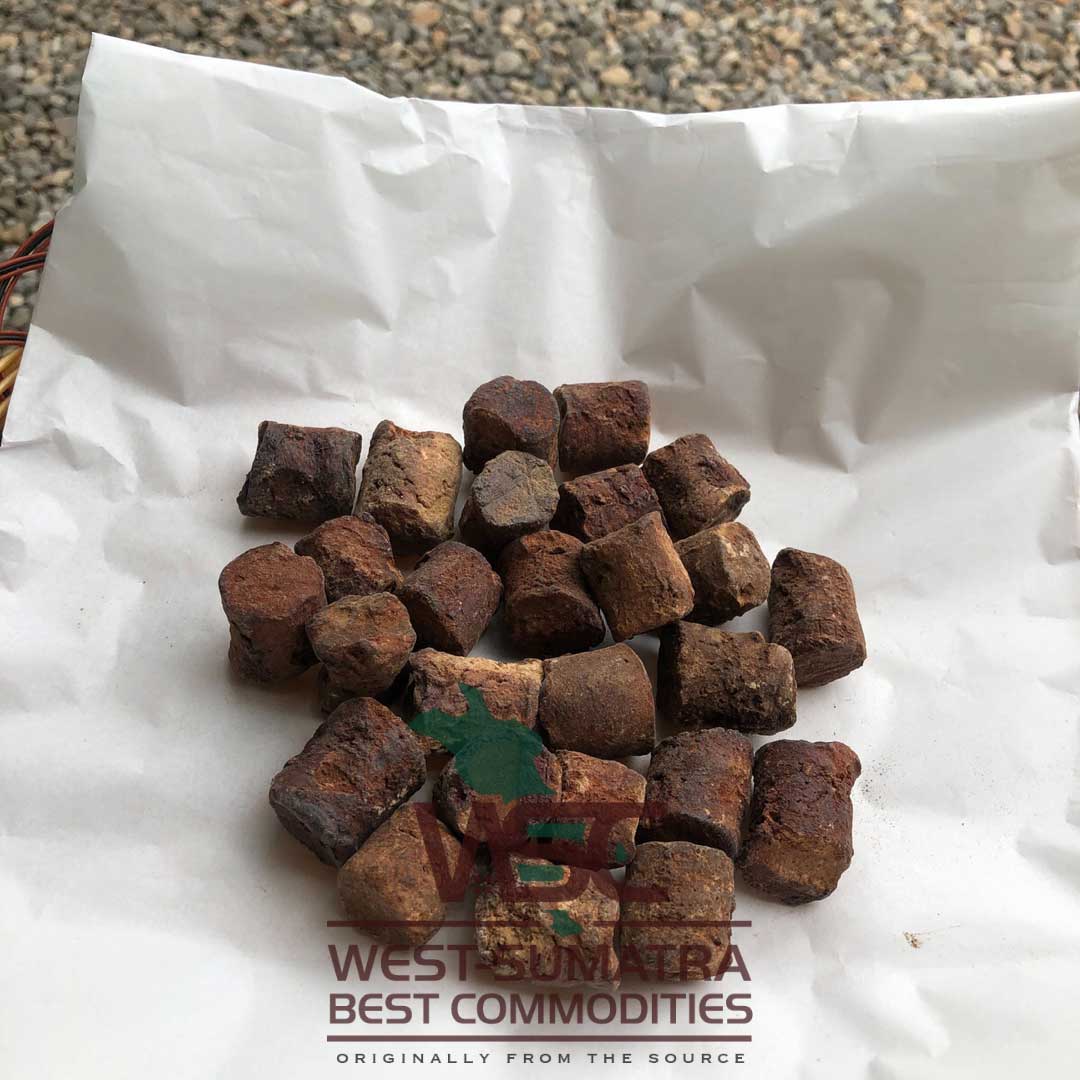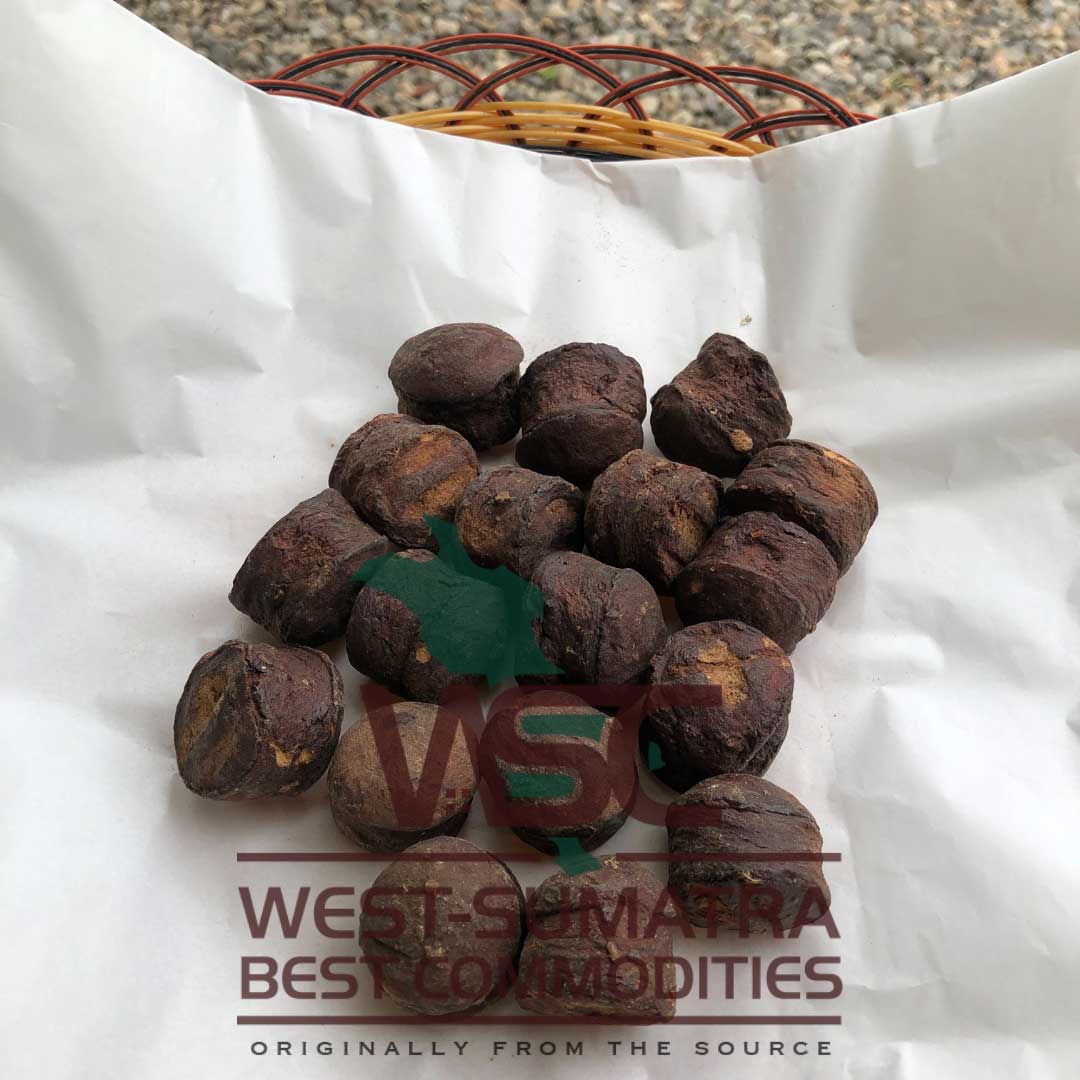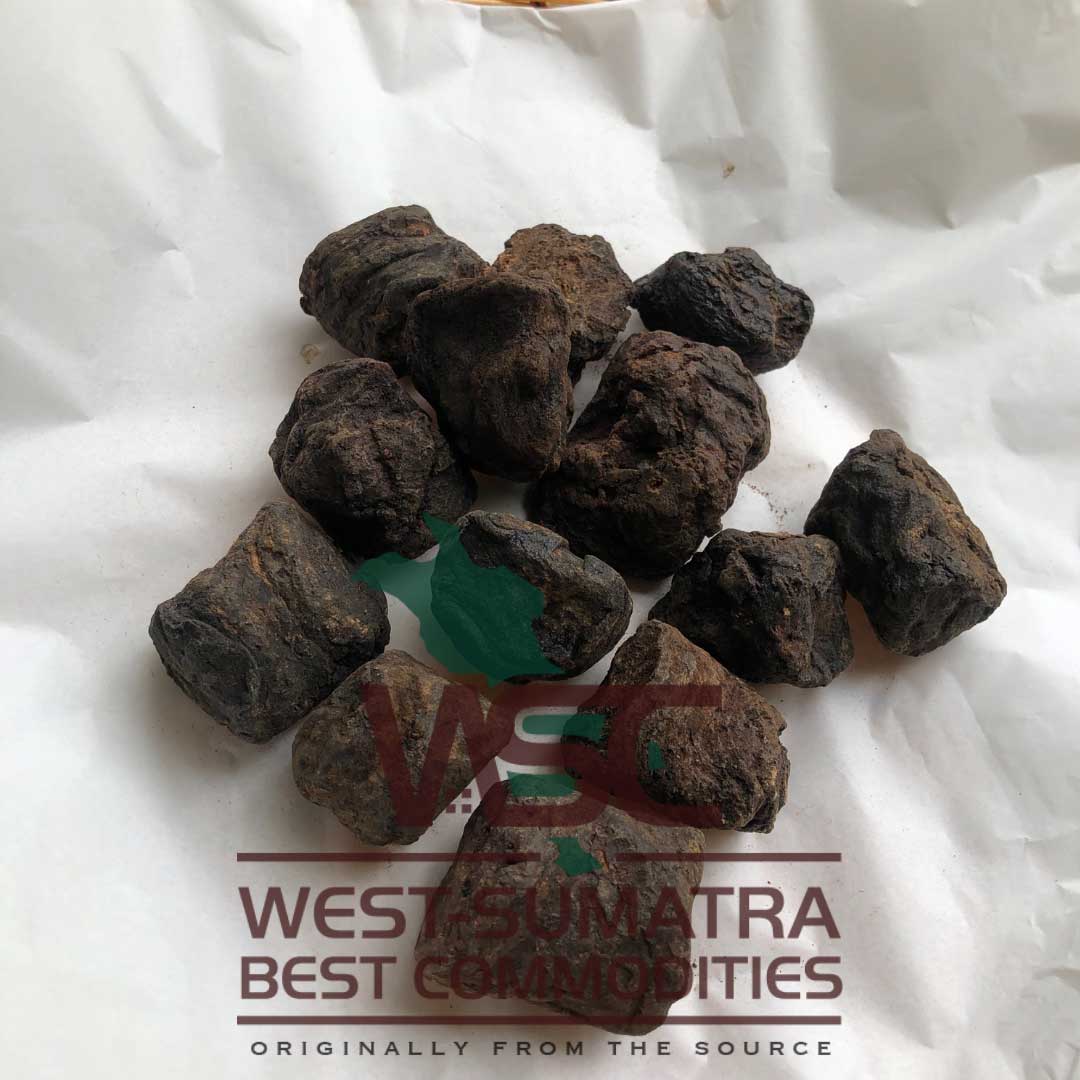The Process Behind Gambier
1. Plantation
Gambier seedlings can be done through seeds. So, we just have to choose the parent plant that is 10-13 years old and the clump height reaches 300 cm. In addition, the characteristics of plants that are suitable for seedlings are plants that have branches 300-500 cm long. And the characteristics of the pods are brownish black. After getting the gambier fruit according to the criteria above, the next step is to dry the fruit until the pods break. That way the seeds will come out by themselves. Cleaning the separate seeds from the fruit and then store them in a vacuum. Then prepare the land that has been mixed with manure as a nursery. Leave the seeds until 2-3 sprouts grow, then move the seeds to the actual planting area. Gambier seedlings can be planted at a distance of about 1.5 x 2 m or 2 x 2 m. By applying spacing that is in accordance with the recommendations of how to grow gambier will help minimize the failure rate and farming. Because the ideal spacing will certainly be good for plant growth.
2. Harvest
The leaves of the gambier plant are harvested after 2 years of age, harvesting using a special knife which is done by the kampo craftsmen and then brought to the press house using a kambuik (made of rattan) for further processing.
3. Boiling Process
The freshly picked leaves with their stalks are transferred into kambuik (made of rattan) covered with knits (coarse mesh) and compacted by trampling and then put into big stew pot (kancah), where the kancah is firstly filled with water and boiled. After boiling, tied it with a rope and remove it from the kancah then put it into the press machine.
4. Compression Process
The leaves that are already in the press are directly pressed with a jack to remove the sap and are accommodated in a tub under the press. Furthermore, these leaves can still be boiled and pressed again until it fully dried.
5. Precipitation
After pressing the juice, the juice is immediately transferred to a long nail (piaku) or wooden container and the next day the gambier sap is taken and ready to be drained / filtered.
6. Draining
Draining is done by transferring the sap that has been deposited into tapie cloth / gunny sack / calico cloth which is tied tightly so that the water comes out into wooden blocks for the next day to be printed.
7. Molding and Drying
Molding is done with a special tool in the form of a small tube made of bamboo and arranged on top of a selayan (placemat made from bamboo) and can be dried directly in under the sunlight. When dried, Gambier will appear blackish red and light and ready to be sold.


